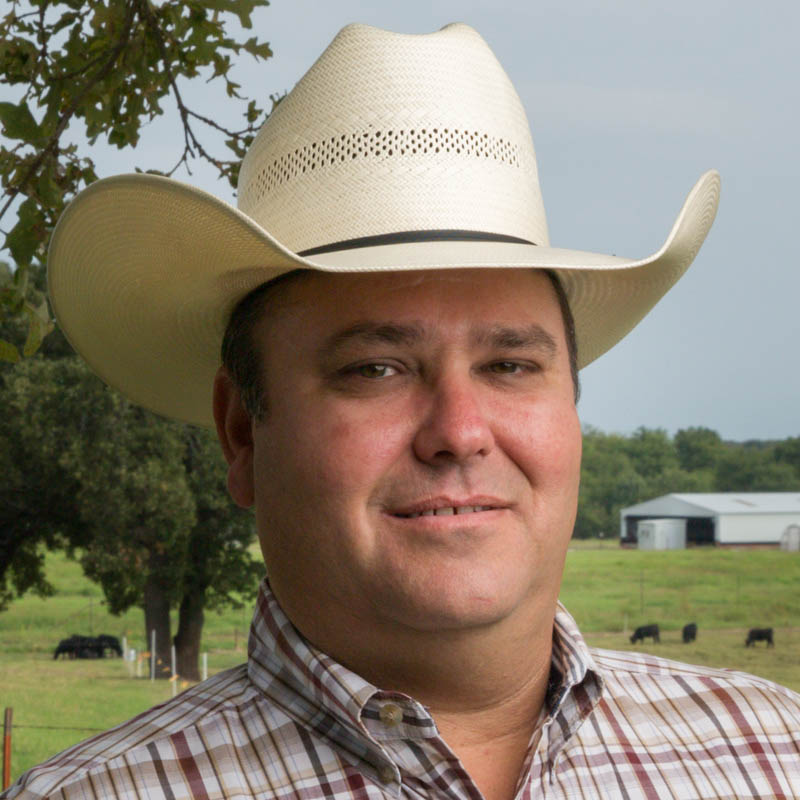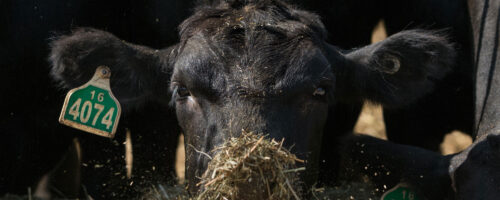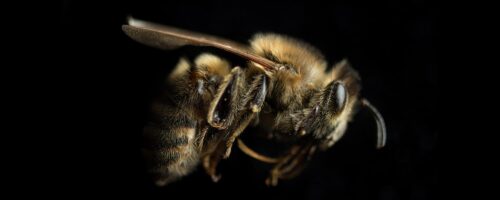The past few years have seen a dramatic downturn in calf prices from historic highs to the lowest prices in four or five years. Unfortunately, some input prices are slow to come down while other inputs still remain high; thus causing a strain on budgets. This has greatly reduced the net profit of most cattle raisers. There is a desire and justifiable need by producers to reduce costs proportionally with the reduced calf prices to remain economically viable in the next few years until prices improve again.
One area some producers have considered cutting back on is the amount spent for replacement bulls. This can translate to using a bull of reduced quality. Prices for bulls have moderated along with the calf market, but some producers are extremely hesitant to pay for quality bulls. Rather, they opt for lower priced and lower quality bulls. However during times like now, bull quality is not an area that should be shorted. Bull selection will impact profit for many years to come in the form of the following potential adverse impacts: heavier birth weights, lower weaning weights, lower carcass quality or less desirable heifers to be kept for replacements. Beef producers who continue to produce quality calves with desirable genetics and value-added traits will have the greatest likelihood of remaining profitable during the low of the cattle cycle. Those who do not will likely be in the red and will be “paying to stay in the business” for the next few years.
So the question becomes, how can one justify spending more on a quality bull in difficult economic times? For the rest of the article, we will use the following two scenarios. Scenario 1: use an average quality bull that cost $2,750 to purchase. Scenario 2: purchase a high quality bull in the top 20 percent for weaning weight expected progeny difference (EPD) that cost $3,500 to purchase. Both bulls will remain in the breeding herd for four years and breed 25 cows per year, totaling 100 calves. The annual cost for each bull on a cow basis is $35.60 and $43.10 for Scenario 1 and Scenario 2, respectively. Annual bull cost consists of all ownership costs, including pasture, feed/mineral, veterinary and depreciation expenses. Therefore, Scenario 2 bull only costs $7.50 per cow more annually to purchase and own compared to the lower quality bull in Scenario 1. This means that bull’s calves only have to bring $7.50 to breakeven and pay for the better quality bull.
Now, let’s take a look at the revenue side of the equation. All calves will be weaned at the same time in early October. Calves from Scenario 1 bull will wean at 535 pounds, valued at $1.35 pound or $722 per head. Scenario 2 bull will sire calves with heavier weaning weights at 600 pounds valued at $1.32 per pound or $789 per head. This is an increase in total value of $67 per calf for the heavier calves from the better bull. The better bull from Scenario 2 will wean a calf that has a positive net difference of about $59 more per calf ($67 minus $7.50) or a total of $1,475 more for the 25 head of calves sired by this bull annually. The total additional purchase cost of the better bull can be easily be made up in the first calving season.
As calf prices decline and total ranch profit diminishes, producers must look to increase profits by purchasing inputs that provide a profitable return to the ranch. The above example demonstrates how reducing input costs by decreasing the quality of genetics likely does not result in increased profits.



Comment